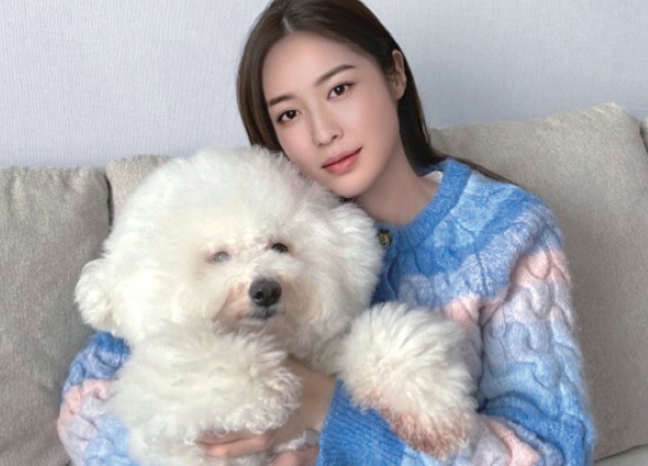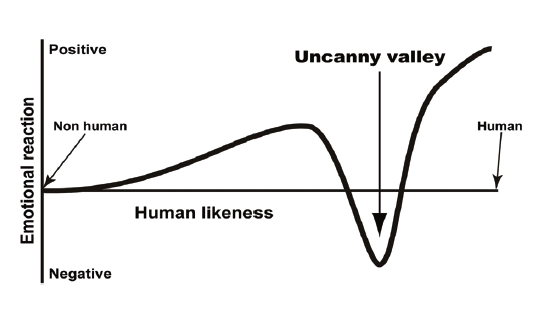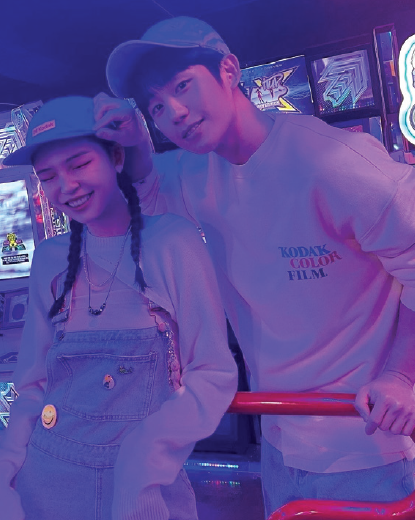Rozy is a 22 year-old virtual human from Generation Z with more than 11 million Instagram followers, and she debuted as a singer this February. As such, people can find virtual humans throughout society nowadays. They come to our lives in different forms, such as virtual bankers or news anchors. Therefore, the Sungkyun Times (SKT) would like to introduce the concept and the current status of virtual humans and their developments in the future.
The Advent of Virtual Humans
Concept of Virtual Humans and Related Technologies
A virtual human, also known as a digital human, refers to a computer-generated three-dimensional (3D) artificial intelligence (AI) character which looks and behaves like a human. An AI human, which represents a real person in the virtual world, can also be considered to be a virtual humans. Virtual humans first appeared in the 1990s, but soon vanished due to the lack of technical skills. In 1995, the world’s first 3D modeling virtual idol, Koyo Date, debuted in Japan and became quite a sensation; however, she was more like an animation character, not human, so she could not maintain her popularity and disappeared quickly. Meanwhile, recently, more realistic virtual humans have emerged with advanced technologies such as AI or computer graphics (CG). Though there are various ways to produce virtual humans, the most common way is to film a real human and then change the face by 3D modeling the face via CG or by creating a new face using AI. After preparing a basic appearance, other details such as facial expressions are added using deep learning, an unsupervised machine learning method for analyzing data using algorithms. However, 3D modeling the whole body of a virtual human is not common yet due to the massive cost and workloads associated with doing so.

Reasons for the Recent Spread of Virtual Humans
With the outbreak of coronavirus disease 2019 (COVID-19), people entered the stay-at-home era, and online life became prevalent. Furthermore, the progress of digital technology regarding AI or virtual reality led to the rise of the metaverse. With the growth of the metaverse industry, people began to pay more attention to virtual humans, and some consider them to be the next trend. Moreover, Generation Z, who are accustomed to digital devices and spend most of their time using social media, derived the recent trends which contributed to the spread of virtual humans. Also, the frequent appearance of virtual humans in advertisements also played a role. Companies may prefer using virtual humans as commercial models because they can have full control. Plus, companies can create their own image through virtual human models to try and impress consumers. For these reasons, more and more virtual humans have been seen in media, making the public become more interested in them.
Virtual Humans in Our Daily Lives
Virtual Humans as Influencers
Nowadays, virtual influencers are growing in popularity. A virtual influencer means a virtual human who makes headlines through its behavior and has lots of social media followers. Their looks are designed to fit the beauty standards of Generation Z. Lil Miquela, created by American startup Brud, is the most famous example of a virtual influencer. She has over three million followers on Instagram and was selected as one of the 25 most influential people on the Internet in 2018 by Time, along with BTS and Kanye West. Recently, virtual influencers have been diving into show business based on their popularity. They began to release albums and open concerts. For example, Lil Miquela released her album last year and ranked Top 40 on the Billboard Hot 100 Chart. This March, a virtual idol called Yuna, created by the media agency Humap Contents, hosted a virtual concert for the first time as a virtual human and attracted a large audience. Virtual humans are becoming actors as well. Jane, a member of the virtual idol group Eternity produced by start-up Pulse9, acted in a drama for the first time as a virtual actor. It seems like the day virtual influencers’ popularity surpasses that of real celebrities might come.


Virtual Humans in the Advertising Industry
These days, virtual humans with high popularity have started their careers as commercial models, making huge profits. For example, Rozy became a model of a famous fashion brand, Jill by Jill Stuart. After the photo of Rozy wearing a Renny Bag spread, the sales of the bag increased three times. Considering the profits created by virtual human models, a growing number of brands are starting to use virtual humans in their marketing. Therefore, it seems that the competition between humans and virtual humans in the advertising industry has already begun. Virtual humans are also becoming home shopping hosts who promote products on live streaming channels. Currently, there are many virtual home shopping hosts, including Lucy created by Lotte Home Shopping and Ria created by start-up NEONENTDX. Ria has promoted products on live commerce, and she communicated with viewers by answering questions. It is expected that there will be more advertisements using virtual humans, and the influence of virtual human models on consumers will continue to grow.

The Future of Virtual Humans
Pushing the Boundary between Humans and Robots
Though virtual humans are trending, there are still a few struggles they should overcome. First, the public still feels uneasy with virtual humans. The theory of the “uncanny valley” is a phenomenon where people feel uneasy when looking at human-like objects up to a certain point. The uncanny valley has lessened thanks to technological development, but the difficulty of producing realistic facial expressions remains a major obstacle; still, some people show a negative response to virtual humans. They express hostility, saying they look strange even though they look similar to humans. Yet, it is estimated that technological development will handle this problem eventually. Besides this, a virtual human needs a powerful fanbase to succeed in the entertainment industry in the long term. Although virtual humans have many social media followers, it remains uncertain whether they can gather loyal fans. While human celebrities meet their fans face-to-face and build psychological bonds, virtual celebrities can only contact fans through the screen. However, considering the huge fanbase of some animation characters and Generation Z being familiar with online environments, virtual humans might be able to attract loyal, supporting fans.

Opening a New Chapter in Our Lives
As virtual humans become more realistic and communicate naturally with humans, they could enter diverse fields soon. In the education sector, virtual humans can contribute to enabling student-centered learning. Virtual human teachers can provide customized courses and personalized feedback to each student. Koo Deok-hoe, a professor at the Department of Computer Education at Seoul National Educational University, mentioned the necessity of an “AI tutor” that helps an individual student more effectively. Also, medical experts believe that virtual humans will enable patientspecific models and a digitalized healthcare system. If a patient’s situation is reproduced via virtual humans in the virtual world, it will be possible for doctors to plan and operate a customized treatment. “We are heading for a fully digitalized healthcare system that sees a virtual twin complementing electronic medical records and serving as a guide for precise and individual treatment,” said Natacha De Paola, a professor of Biomedical Engineering at the Illinois Institute of Technology. Like this, virtual humans can be used in many areas. Moreover, Oh Je-uk, a producer of the virtual human Rui, said that virtual humans combined with the metaverse would continue to grow, completely changing people’s lifestyles in the future.

Virtual humans are no longer just characters of science fiction movies. They are working everywhere, gaining popularity, and opening a new era for us. It seems that the coexistence of human beings and virtual humans will become more natural, and virtual humans’ existence will no longer be strange to people.
